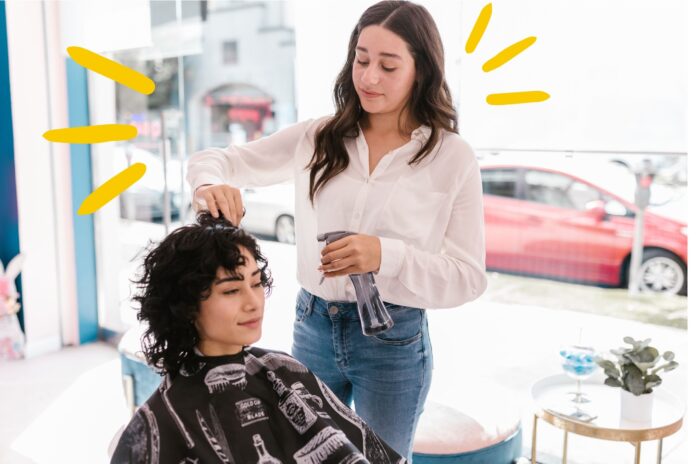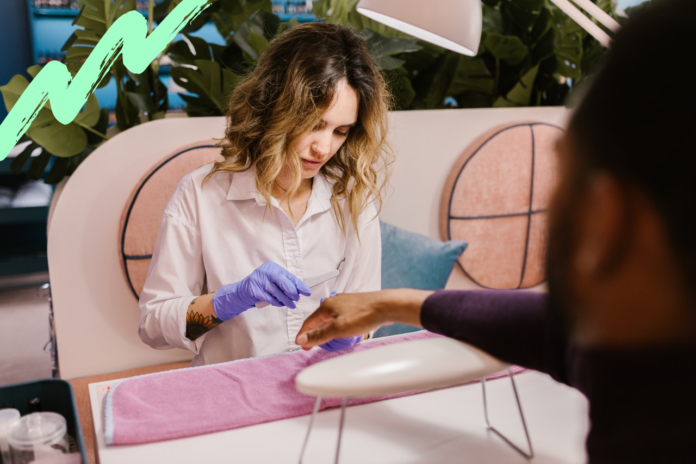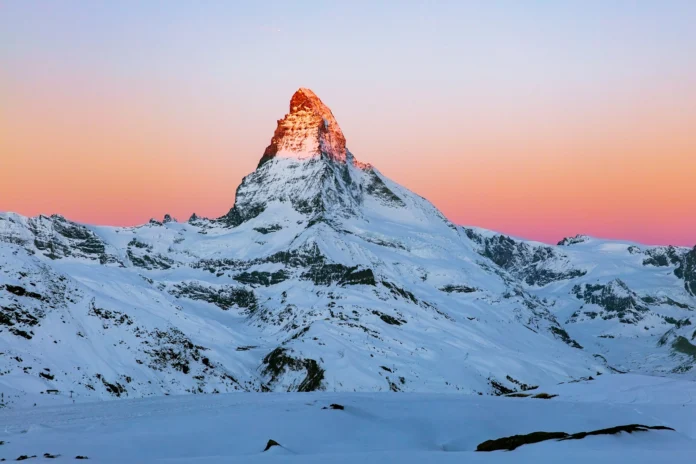Where the Aegean meets the Eastern Mediterranean, Larnaca sprawls along Cyprus’s sun-bleached southern coast, each palm-lined street telling its own tale of ancient settlement and modern reinvention. Too often dismissed as merely a transit point between airport and resort, this coastal city rewards those who pause to explore its layers: Byzantine churches neighbour bustling fish markets, while Ottoman fountains share squares with contemporary galleries.
Unlike its more tourist-worn counterparts across the Mediterranean, Larnaca maintains an authenticity that’s increasingly rare in island port cities. Here, elderly fishermen still mend nets beside the medieval castle, whilst families gather for evening volta along the Finikoudes promenade where salt-scented breezes carry the sound of clinking coffee cups and animated conversation.
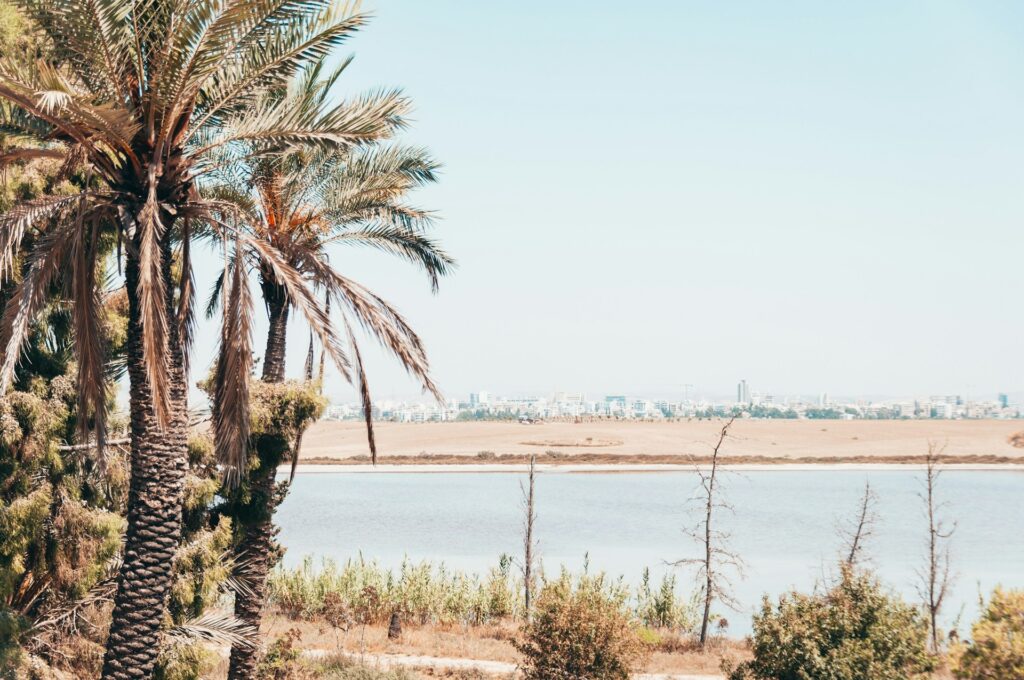
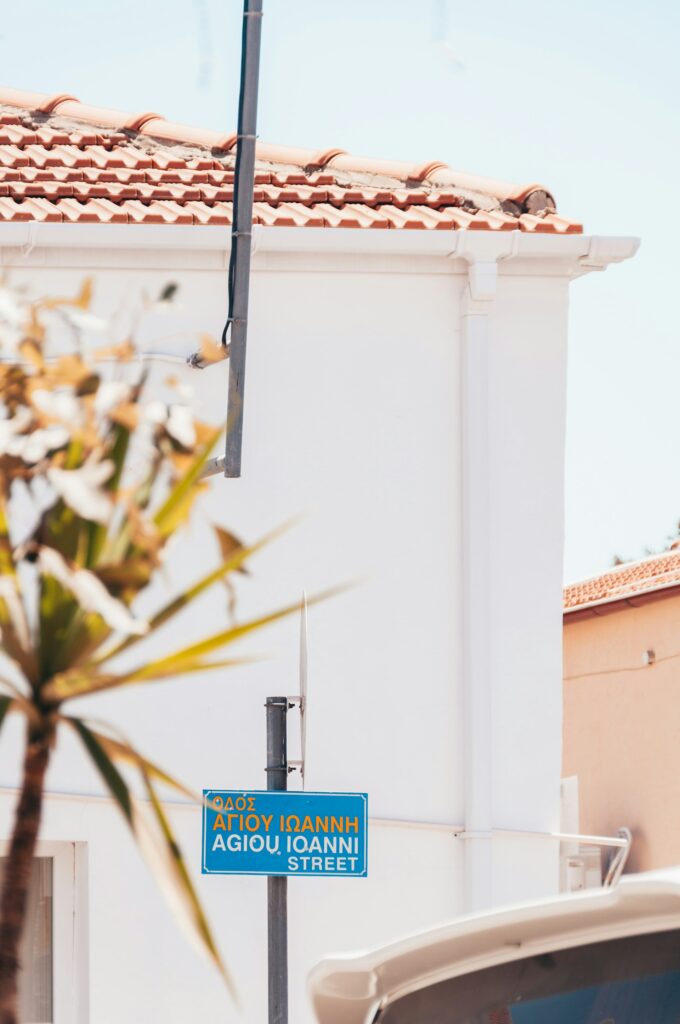
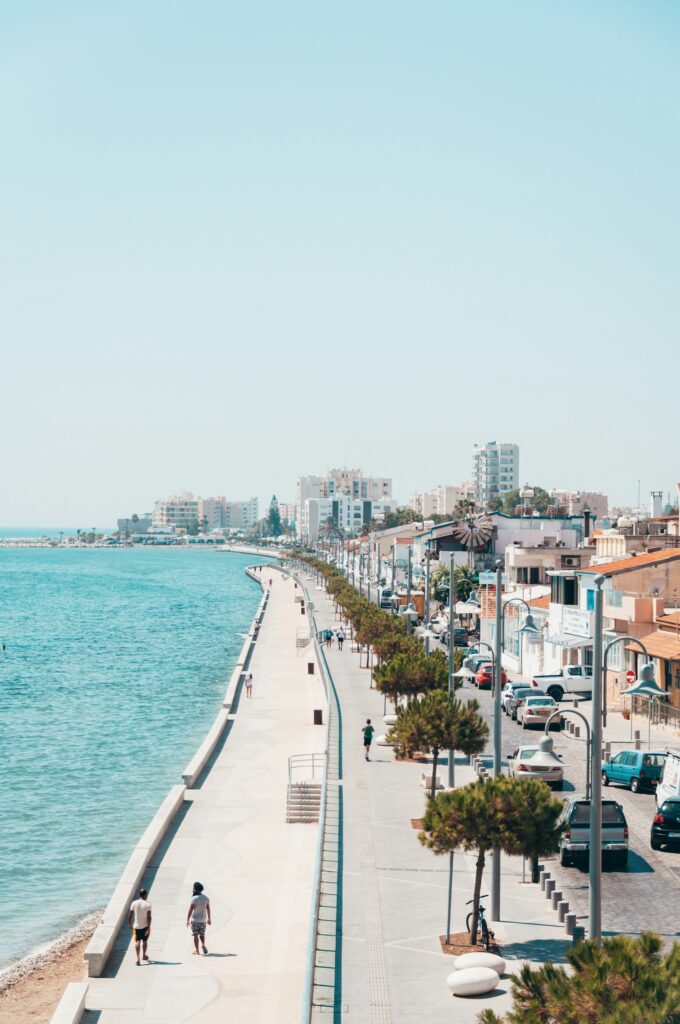
The city’s relationship with time feels delightfully fluid – ancient salt lakes witness pink flamingo migrations just as they did millennia ago, while modern tavernas serve recipes passed down through generations of Cypriot families. Recent archaeological discoveries suggest this coastline has welcomed travellers for over 6,000 years, making it one of the world’s oldest continuously inhabited ports.
While you could easily spend weeks unraveling Larnaca’s mysteries, 48 hours provides enough time to taste its essence – from dawn coffee rituals in stone-walled bakeries to sunset dining on fresh-caught fish, from exploring sacred sites where saints once walked to discovering the world’s oldest named wine still in production…
Day 1: Ancient Saints & Culinary Traditions
Morning: Byzantine Beginnings
Begin your Larnaca adventure at Lazaris Bakery in Saint Lazarus Square, housed within a beautifully restored 18th-century building. Arrive before 9am to experience their signature coffee, brewed using a traditional hovoli coffee maker—a copper contraption that creates the most aromatic cup you’ll taste in Cyprus. Their sourdough bread, baked fresh daily on-site, pairs perfectly with local honey and creamy mizithra cheese.
The bakery’s location couldn’t be more perfect – just steps from the Church of Saint Lazarus, one of the most significant Byzantine monuments in Cyprus. Built in the 9th century over the tomb of Lazarus of Bethany, who fled here after his resurrection, the church houses relics discovered during renovations in 1972. The gold-covered iconostasis survived Ottoman rule intact and represents one of the finest examples of baroque woodcarving on the island.
After exploring the church, spend time wandering Saint Lazarus Square itself. The morning light filters beautifully through the platanos trees, and you’ll notice how local life unfolds around this sacred space—elderly men gathering for backgammon, mothers walking children to school, and shop owners sweeping their doorsteps in preparation for the day.
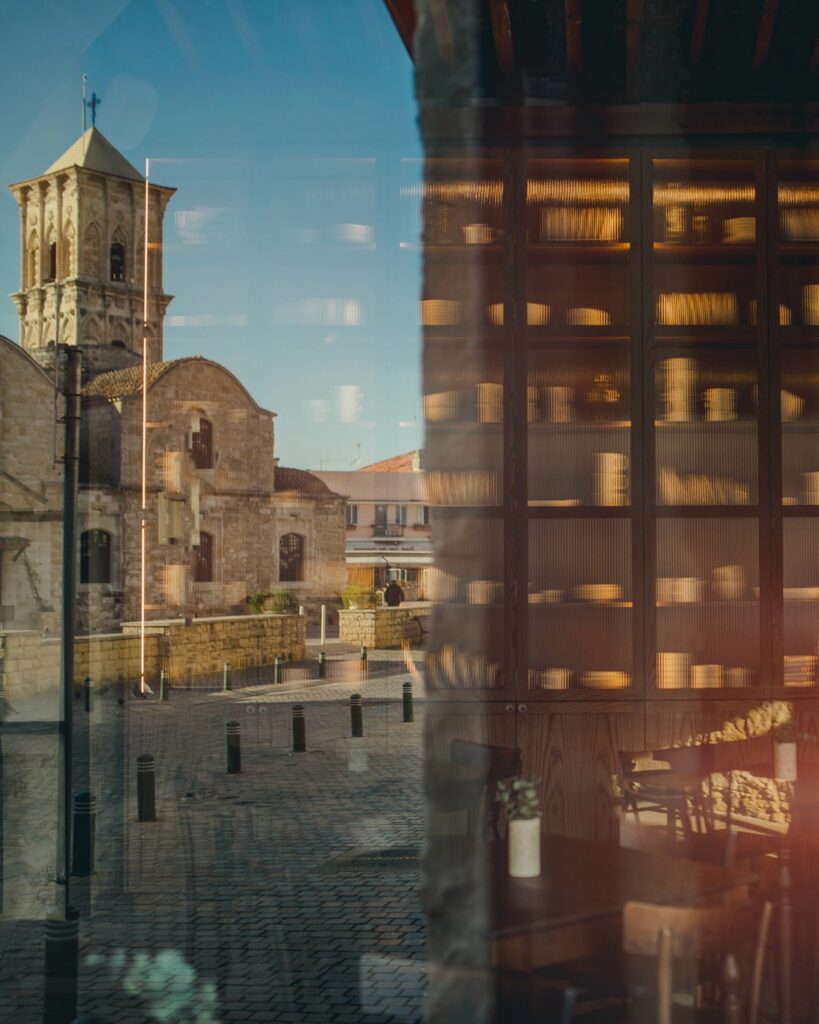
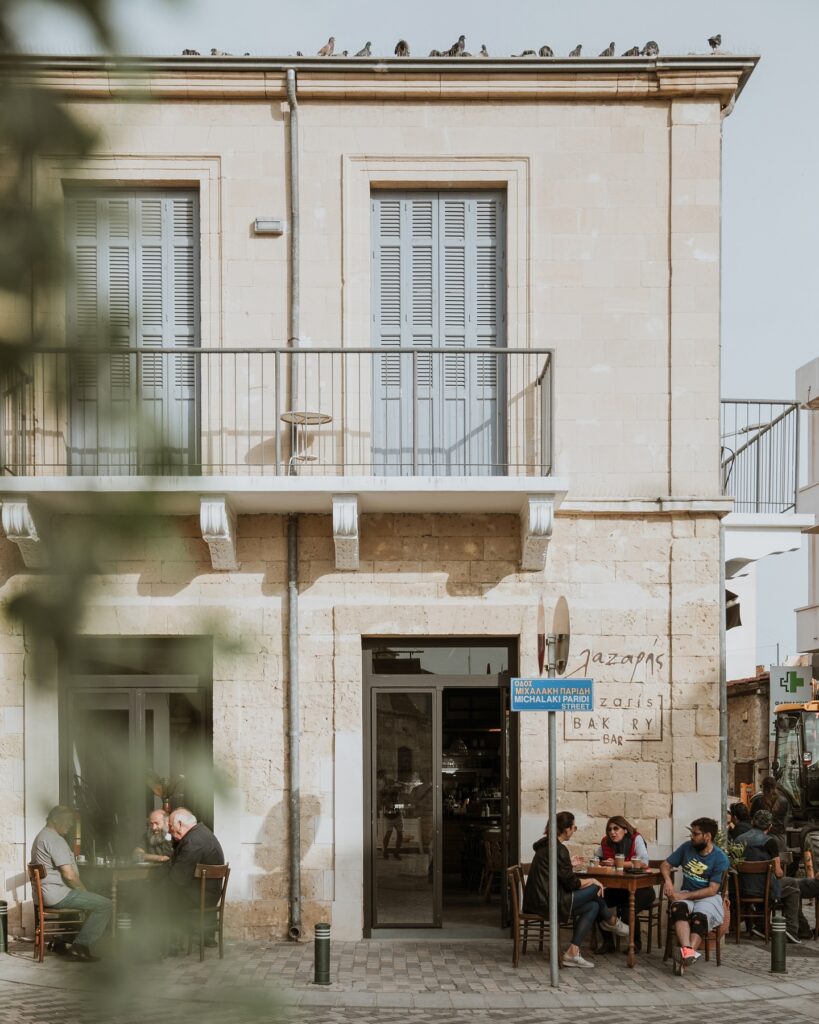
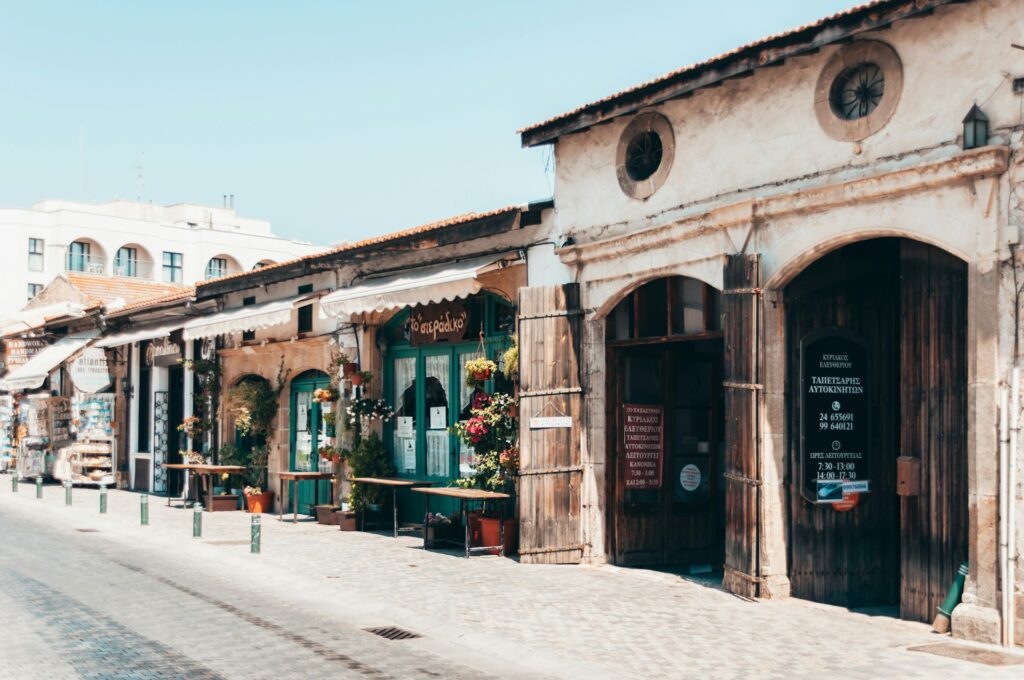
Midday: Salt, Sun & Sustenance
A short taxi ride brings you to Larnaca Salt Lake, one of Europe’s most important wetlands and winter home to thousands of pink flamingos. The salt lake has been harvested since ancient times – Herodotus wrote about its exceptional quality in 450 BC. Visit the adjacent Hala Sultan Tekke, one of Islam’s most important pilgrimage sites, built around the tomb of Prophet Muhammad’s wet nurse. The mosque’s serene courtyards and lakeside setting provide welcome respite from the midday heat.
Ideal tip: You’ll need to book more that one taxi in Larnaca for this guide so consider downloading a taxi booking app like Alfa CY or CABC. You can prebook your rides on these apps and the cost of the trip will be displayed in the application as soon as you create an order. And before you ask, no Uber does not operate in Cyprus.
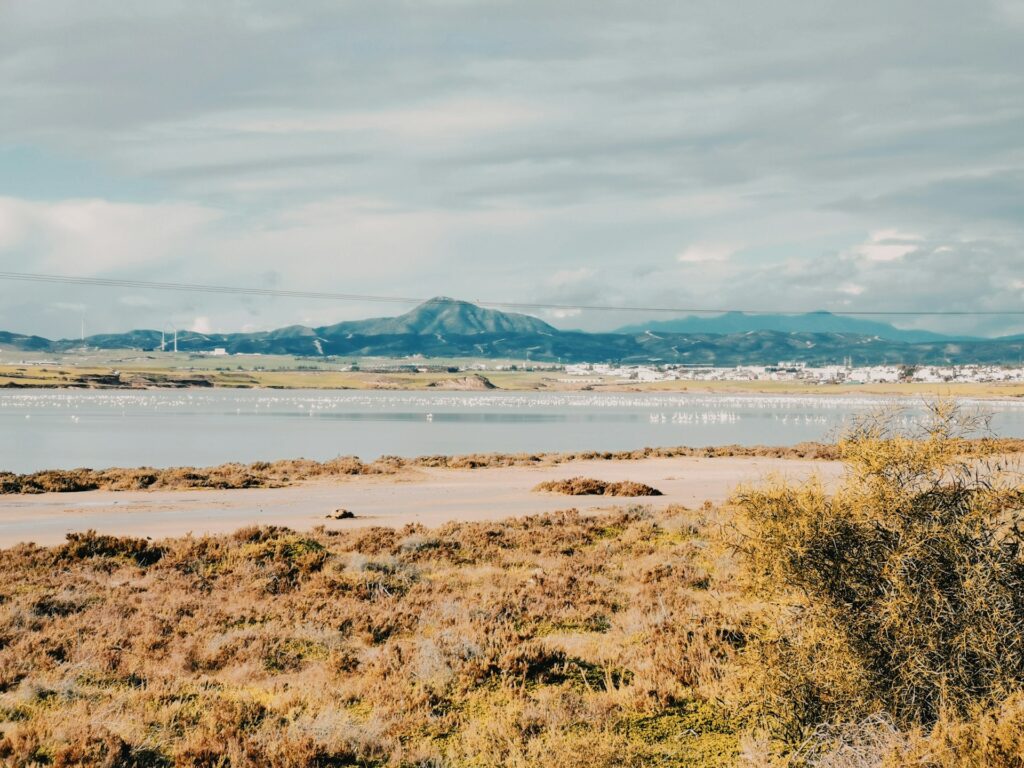
For lunch, head to our absolute favourite restaurant in Larnaca: To Kazani in nearby Aradippou. This family-run taverna occupies a historic building that once housed a zivania distillery—the restaurant’s name translates to “the cauldron,” referring to the large copper vessels used for distilling the traditional Cypriot spirit. The original cauldron still sits proudly in the dining room.
The Pavlou family has been serving authentic Cypriot meze here for decades, and their passion for preserving culinary traditions is infectious. Order the full meze for two (trust us, you’ll need to share) and prepare for over 20 small dishes showcasing the island’s diverse influences. From slow-cooked kleftiko lamb to grilled halloumi that squeaks between your teeth, each plate tells a story of Cyprus’s complex heritage. Don’t miss their house-made loukanika sausage or the surprisingly delicious pork brain—a traditional dish that even skeptics find irresistible.

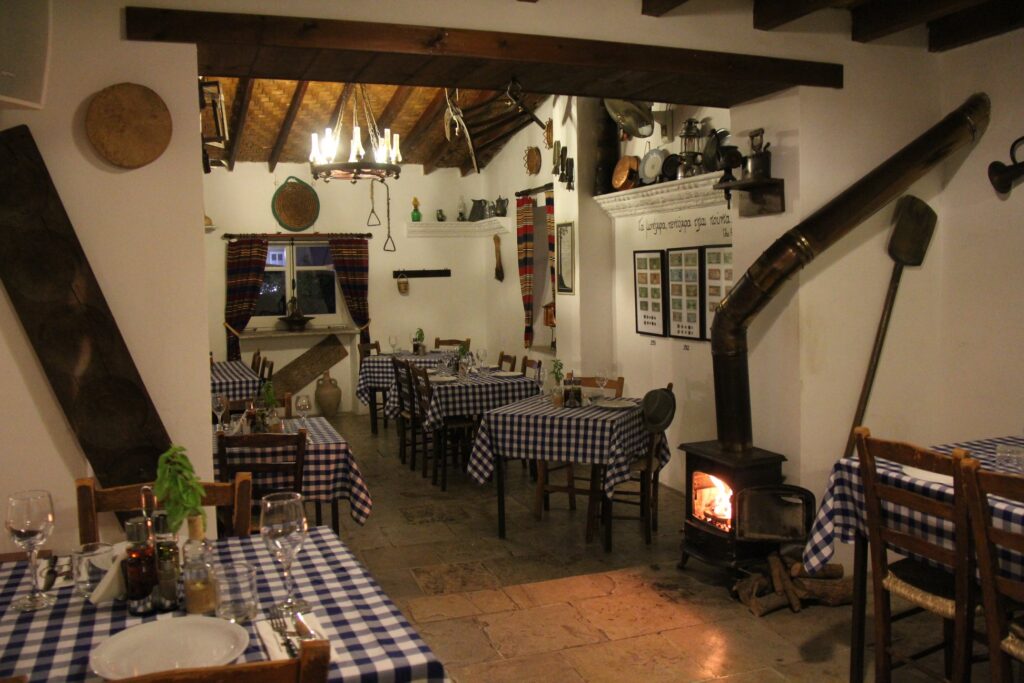
Afternoon: Coastal Explorations
Return to Larnaca proper and enjoy a leisurely walk along the Finikoudes Promenade, named for the phoenix palms that have lined this waterfront since the 1920s. The promenade stretches beautifully from the marina to the old town, offering perfect people watching opportunities as families picnic, teenagers play volleyball, and fishermen cast lines from the pier. Free guided walking tours operate at selected times for those who prefer structured exploration, though the route is equally rewarding to discover independently.
Visit Larnaca Medieval Castle, built by the Lusignans in the 12th century to protect the harbour. The small museum inside contains remarkable artefacts from the area’s long history, including amphorae that once carried wine and olive oil across the ancient Mediterranean. Climb to the battlements for panoramic views across the bay – on clear days, you can see the Troodos Mountains rising in the distance.
For history enthusiasts, consider a detour to Ancient Kition in the city’s northwest, where temple foundations dating to the 13th century BC reveal Cyprus’s Bronze Age heritage. These remarkably preserved ruins demonstrate the sophisticated urban planning of one of the Mediterranean’s earliest city-states, founded by Mycenaean Greeks and later inhabited by Phoenicians who established important copper-working industries here.
Read: 7 Of Europe’s True Hidden Gems, Unreachable By Conventional Transport
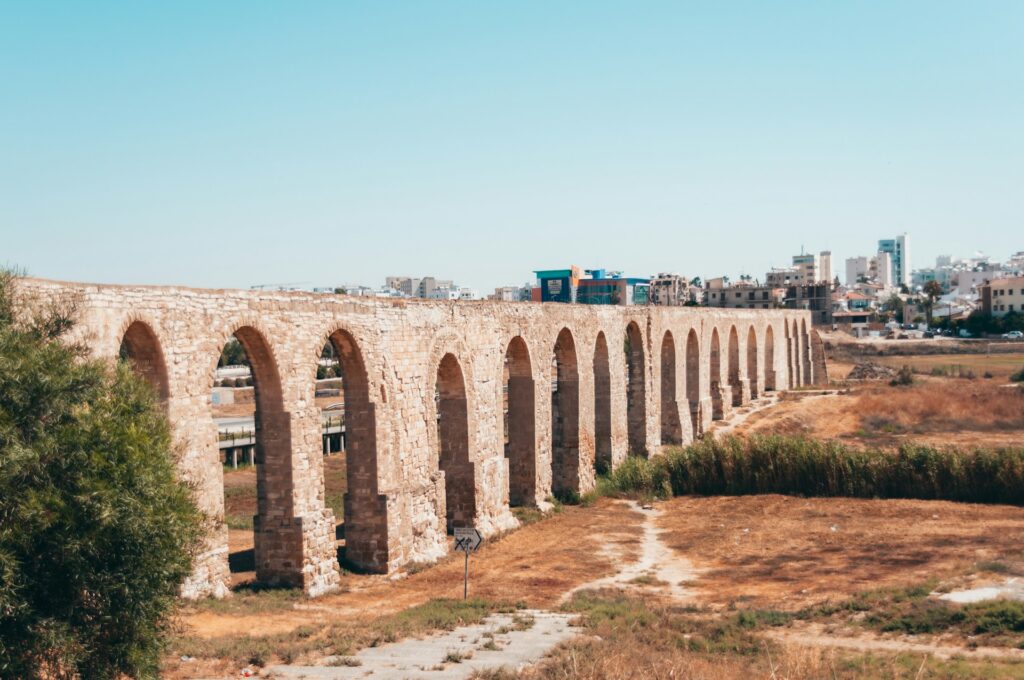
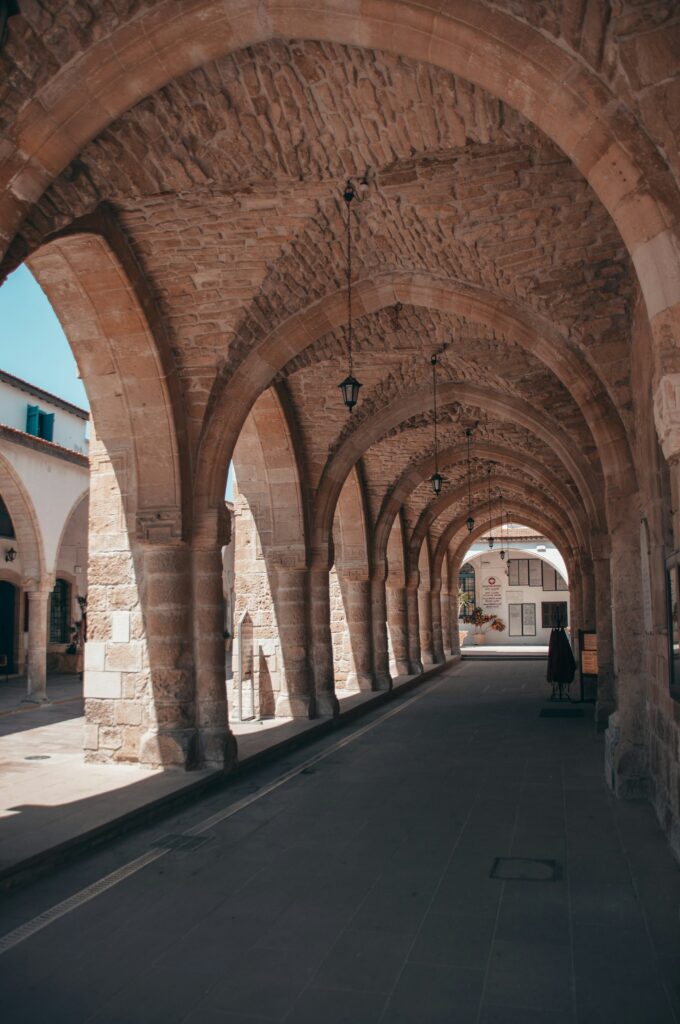
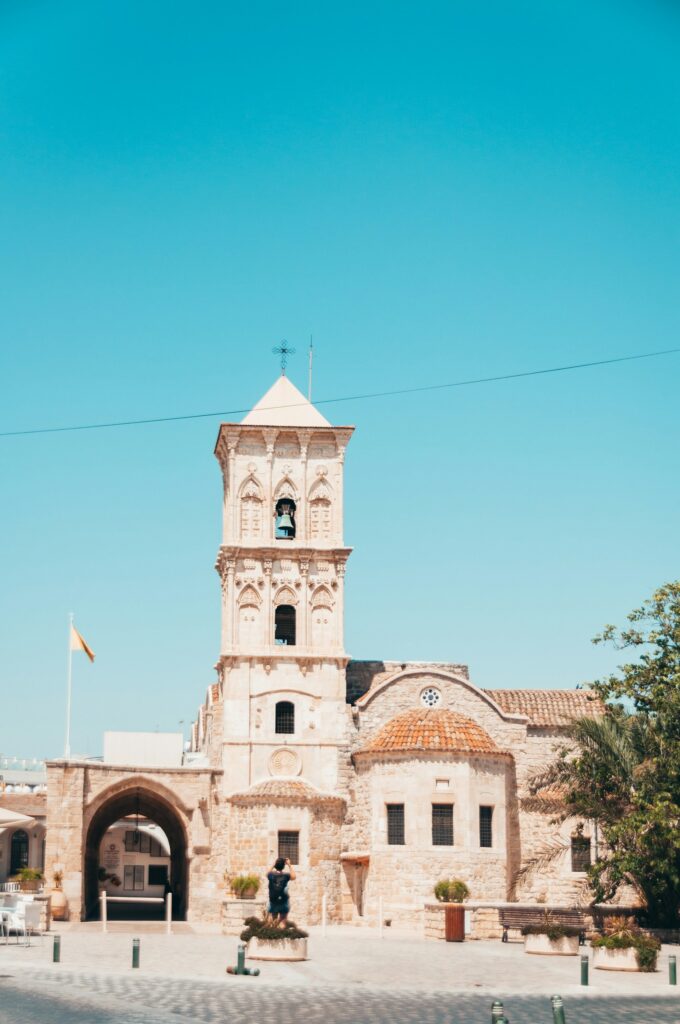
Evening: A World of Flavours
As the sun begins its descent, choose between three excellent dining options depending on your culinary mood. For authentic Italian cuisine, Aldente Cucina Italiana on the Finikoudes promenade serves wood-fired pizzas and handmade pasta that would make Romans weep with joy. Their risotto ai frutti di mare showcases the day’s catch in a creamy embrace of Arborio rice and saffron, while the cozy, rustic atmosphere makes you forget you’re not actually in Tuscany.
Alternatively, Sushi La offers a sophisticated Oriental-fusion experience that consistently ranks among Cyprus’s best Asian restaurants. The sushi chef’s artistry transforms the Mediterranean’s finest fish into edible delights. The beachfront location means you can watch the sun set over the Mediterranean between courses – a uniquely Larnaca experience that perfectly captures the island’s East-meets-West character.
For those craving more traditional Cypriot flavors after a day of sightseeing, consider Militzis near the marina, where three generations of the same family have been serving authentic island cuisine since 1938. Their souvlaki is grilled over charcoal in the traditional way, while the moussaka follows a recipe that hasn’t changed in decades. The simple taverna atmosphere—checkered tablecloths, local wine served in small carafes, and the sound of families enjoying leisurely dinners—epitomizes the unhurried Cypriot approach to dining.
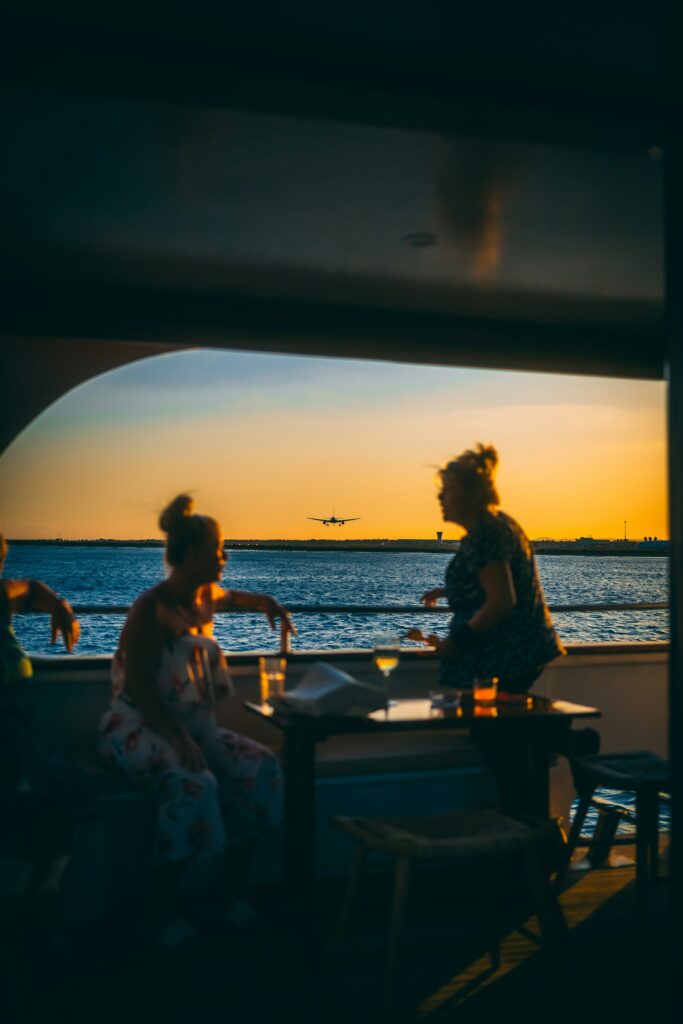
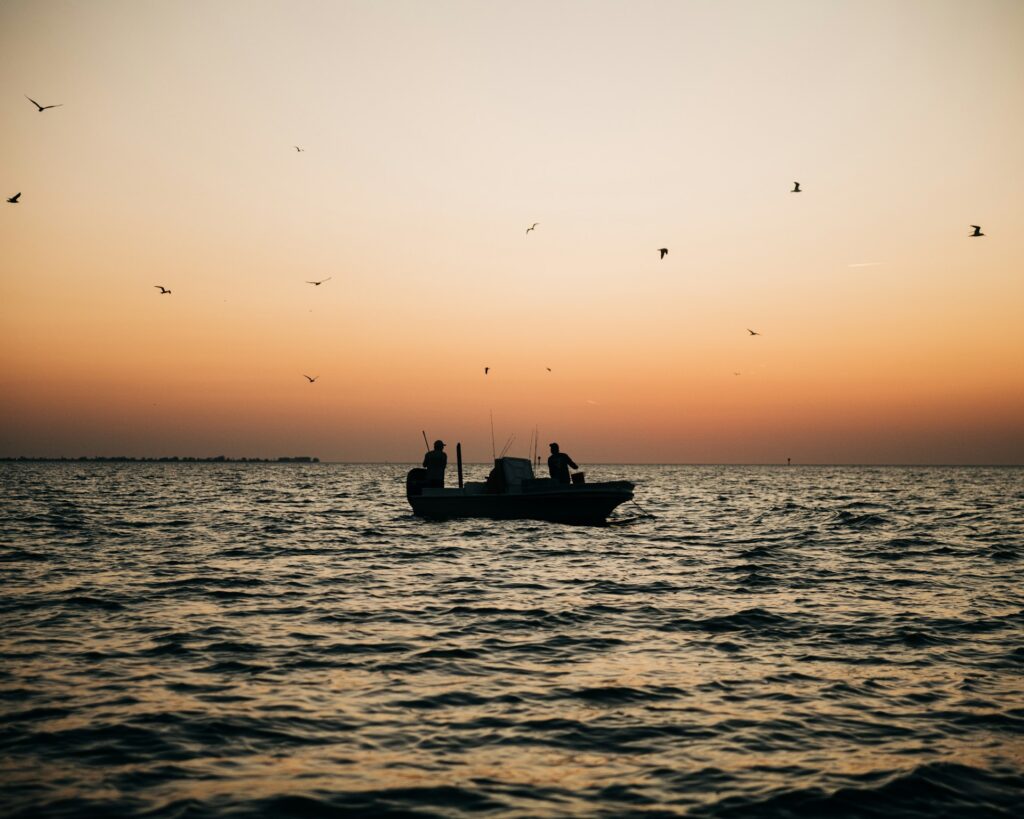
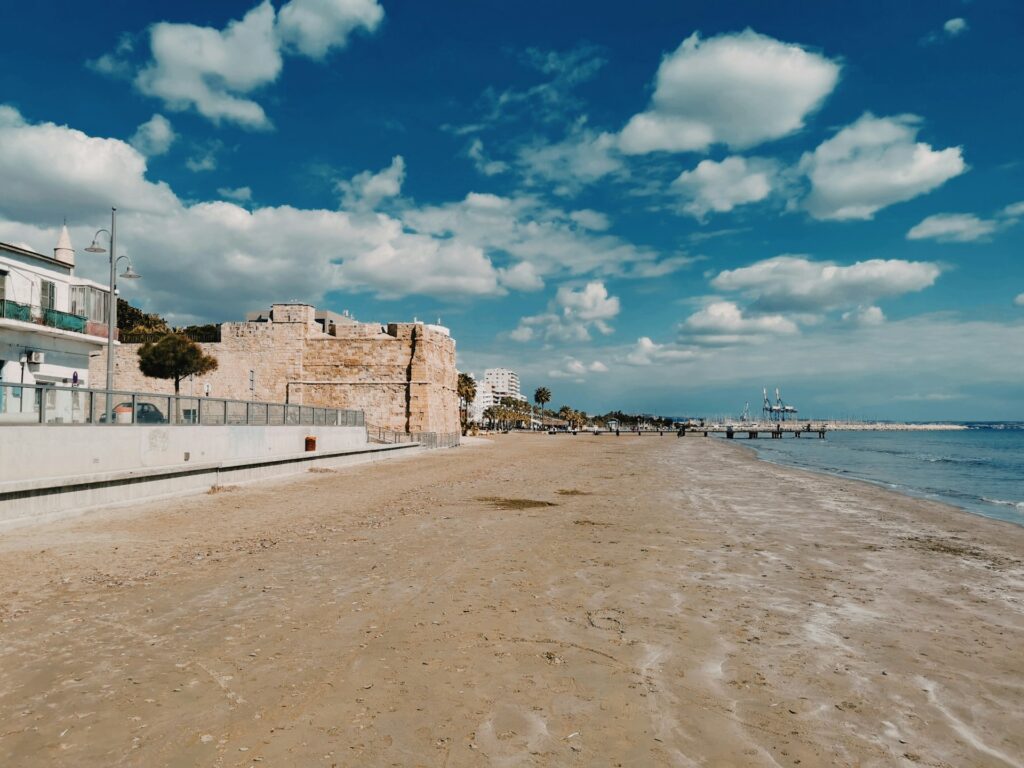
Late Night: Mackenzie Beach Scene
After dinner, head south to Mackenzie Beach where buzzing bars line the waterfront, creating Larnaca’s most vibrant nightlife scene. This stretch transforms after dark into a pulsing entertainment district where locals and visitors mingle over cocktails and Mediterranean beats. The proximity to Larnaca Airport means you’ll occasionally spot planes landing overhead—a uniquely atmospheric backdrop to evening drinks that somehow adds to rather than detracts from the experience. End your evening watching fishing boats prepare for their pre-dawn departures whilst the castle’s floodlit walls reflect in the calm waters.
Day 2: Island Excursions & Ancient Traditions
Morning: Artisanal Awakening
Start day two at Kapitanis Bakery on Zenonos Kitieos Street, a family institution since 1930. Four generations of the Kapitanis family have perfected their craft in this unassuming shop near the old town. Their triangular cheese pies, invented here in 1972, have become a Larnaca institution, while traditional flaounes (Easter cheese cakes) and kourabiedes (butter cookies) showcase techniques passed down through the decades.
Watch the bakers work through the shop’s rear window—the sight of dough being hand-shaped at 6am is oddly mesmerizing. Grab some sesame bread and sweet tahini pastries for the road; you’ll need sustenance for the morning’s adventure.
Underwater Adventure: MS Zenobia Wreck
For certified divers, Larnaca offers one of the Mediterranean’s most spectacular wreck diving experiences. The MS Zenobia, a Swedish ferry that sank in 1980 just 1.5 kilometers off Larnaca’s coast, now rests in 42 meters of water and ranks among the world’s top ten wreck dives. This massive vessel -180 meters long and still largely intact – provides an otherworldly underwater experience where trucks and trailers remain perfectly preserved in the ship’s holds.
Several reputable dive operators run daily trips to the Zenobia, catering to different experience levels. Even novice divers can explore the upper sections at 16-20 meters depth, while advanced divers can penetrate the ship’s interior to discover its remarkable cargo. The wreck has become an artificial reef teeming with marine life—grouper, barracuda, and countless smaller species now call the ship home.
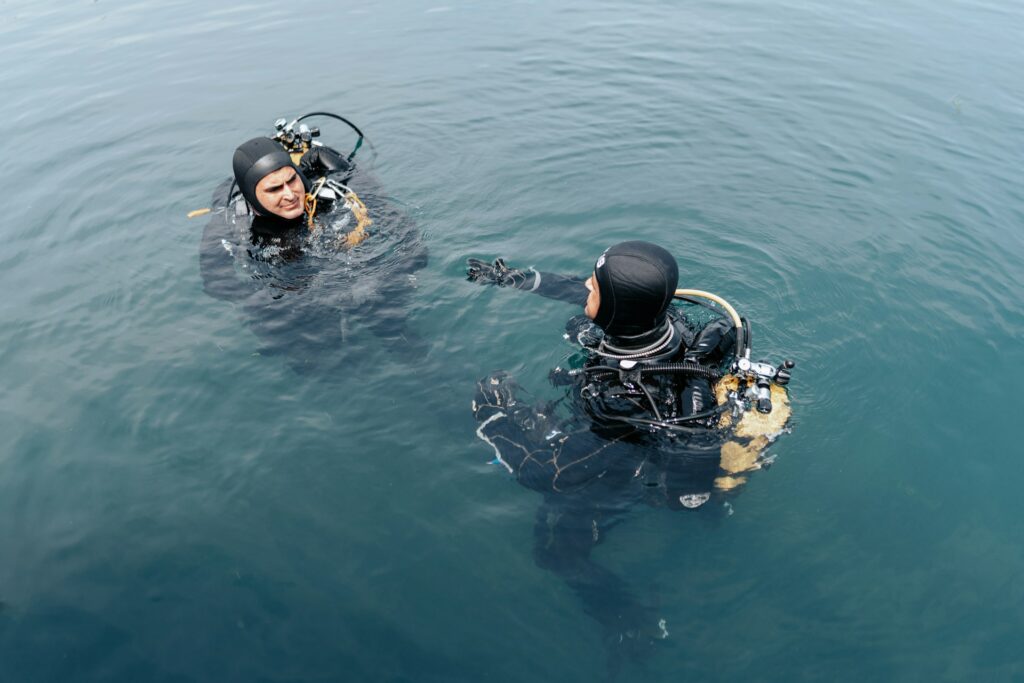
Alpha Divers and Dive-In Larnaca both offer excellent Zenobia packages, including equipment rental and professional guides who know the wreck intimately. Expect to pay around €50-60 for a two-tank dive including equipment. The visibility here typically exceeds 30 meters, making photography exceptional even for underwater beginners.
For non-divers, glass-bottom boat tours provide a glimpse of the wreck’s upper sections and surrounding marine life—a compromise that still offers insight into this underwater monument.
Read: 6 Of The Best Places In The World For A Scuba Diving Holiday
Midday: Olive Oil Pilgrimage & Mountain Villages
Take a 25-minute taxi ride to Terra Oliva near Pano Lefkara, an organic olive farm that offers one of Cyprus’s most authentic agricultural experiences. The Sophocleous family has cultivated these 7,000 olive trees—some over 800 years old—using methods that predate the Roman Empire. Cyprus Government certification protects these ancient specimens as living monuments to the island’s agricultural heritage.
The tasting session reveals the complexity of properly produced olive oil—from peppery first-press varieties to mellower oils perfect for finishing dishes. You’ll sample olive paste, traditional sweets made from olive fruit, and even cosmetic products derived from the trees. The farm’s elevated location provides stunning views across the countryside toward the Troodos Mountains, making this an ideal spot for photographs that capture rural Cyprus’s timeless beauty.
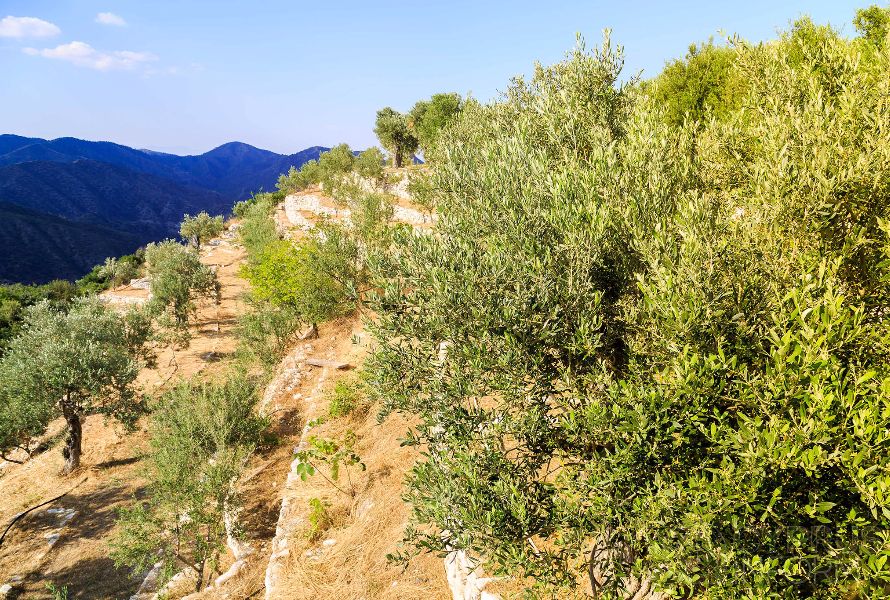
Since you’re in the area, consider extending your visit to include nearby Lefkara village, perched dramatically on the Troodos foothills. This UNESCO-recognised settlement has been renowned for centuries for its exquisite lefkaritika lacework—so prized that Leonardo da Vinci himself made the journey to Cyprus in 1481 specifically to purchase pieces for Milan Cathedral’s altar. The village’s narrow cobblestone streets are lined with workshops where master craftsmen continue traditional silversmithing techniques passed down through generations, creating intricate filigree jewellery that makes exceptional souvenirs.
Alternative family option: Those travelling with children might prefer Camel Park Mazotos, a unique attraction about 15 minutes southeast of Larnaca. This working farm offers camel rides through Mediterranean countryside—an unexpectedly authentic experience given the animals’ historical presence in Cyprus during Ottoman times. The park also houses ostriches, llamas, and wallabies, making it an engaging alternative to historical sites for younger visitors whilst still providing insight into Cyprus’s diverse cultural influences.
Afternoon: Spiritual Heights & Fishing Village Adventure
Before heading to lunch, consider a detour to Stavrovouni Monastery, perched dramatically atop a jagged clifftop about 40 kilometers west of Larnaca. This ancient monastery commands superb panoramic views across the surrounding countryside. The site has held religious significance for millennia—during Cyprus’s Greco-Roman period, a temple honoring Aphrodite occupied this summit.
Founded in the 4th century AD by Saint Helena (mother of Emperor Constantine), the monastery houses what is believed to be a fragment of the True Cross. The steep, winding road to reach it adds to the sense of pilgrimage, and the views from the top stretch across the entire Mesaoria Plain to the Troodos Mountains. Note that women are not permitted inside the main monastery, though all visitors can explore the grounds and enjoy the spectacular vistas.
From Stavrovouni, arrange for your taxi to continue to Zygi, a picturesque fishing village about 30 minutes away. Using the same taxi in Cyprus for multiple stops like this is common practice and often more economical than separate journeys. This small port has been landing fish for centuries, and its harbourfront tavernas represent some of Cyprus’s finest seafood dining.
Captain’s Table occupies prime position overlooking the marina, where fishing boats bob alongside gleaming yachts. The restaurant sources fish directly from local boats—what you eat was likely swimming in Mediterranean waters just hours earlier. Their fish meze (€25 per person) showcases the day’s catch through eight different preparations, from simply grilled sea bream to complex seafood soufflé served in actual seashells. The octopus, slow-cooked until fork-tender, represents the pinnacle of Cypriot coastal cuisine. Pair it with local white wine whilst watching seabirds wheel overhead and fishing boats return with the afternoon catch.
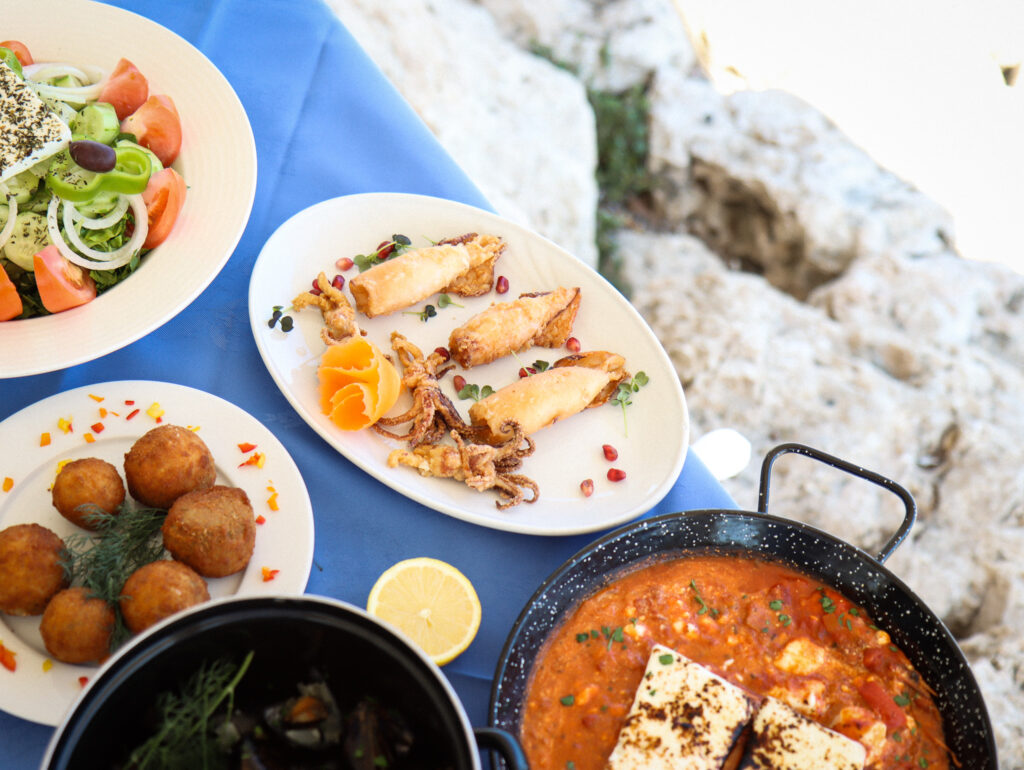


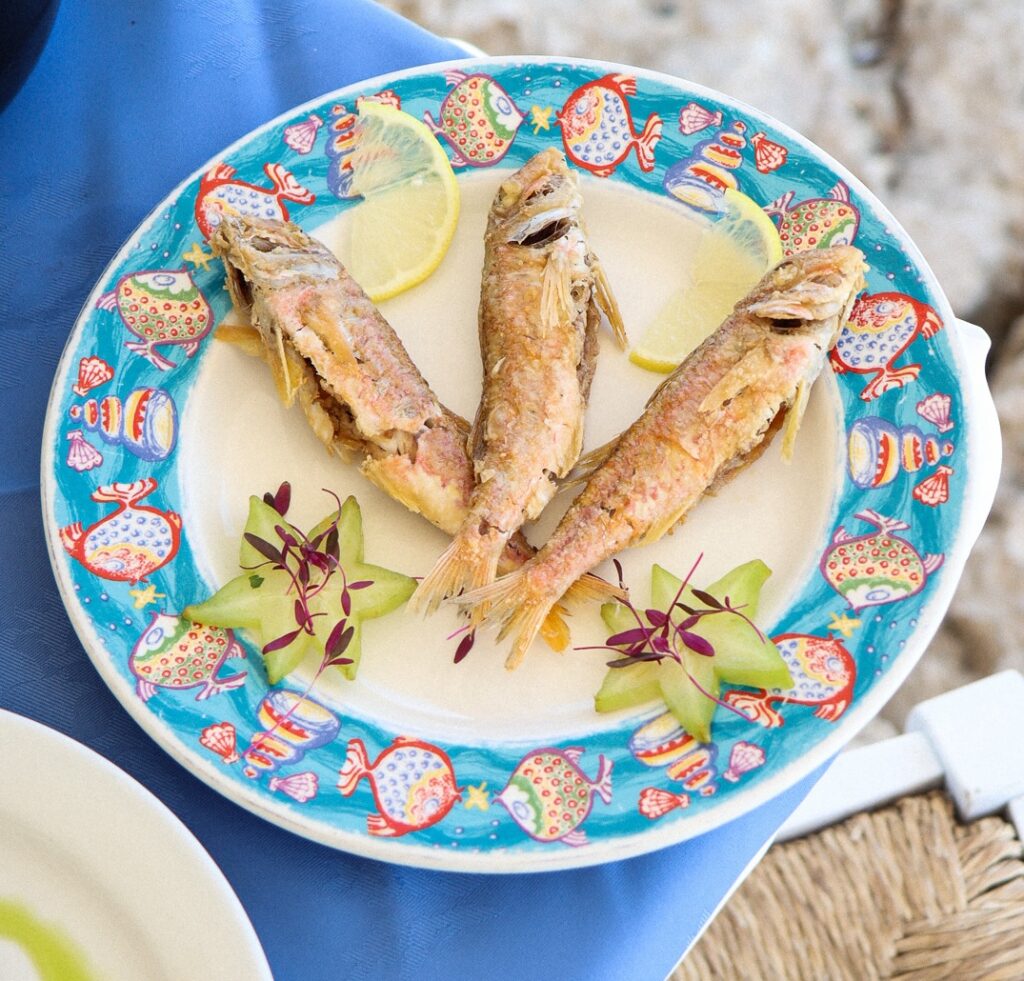
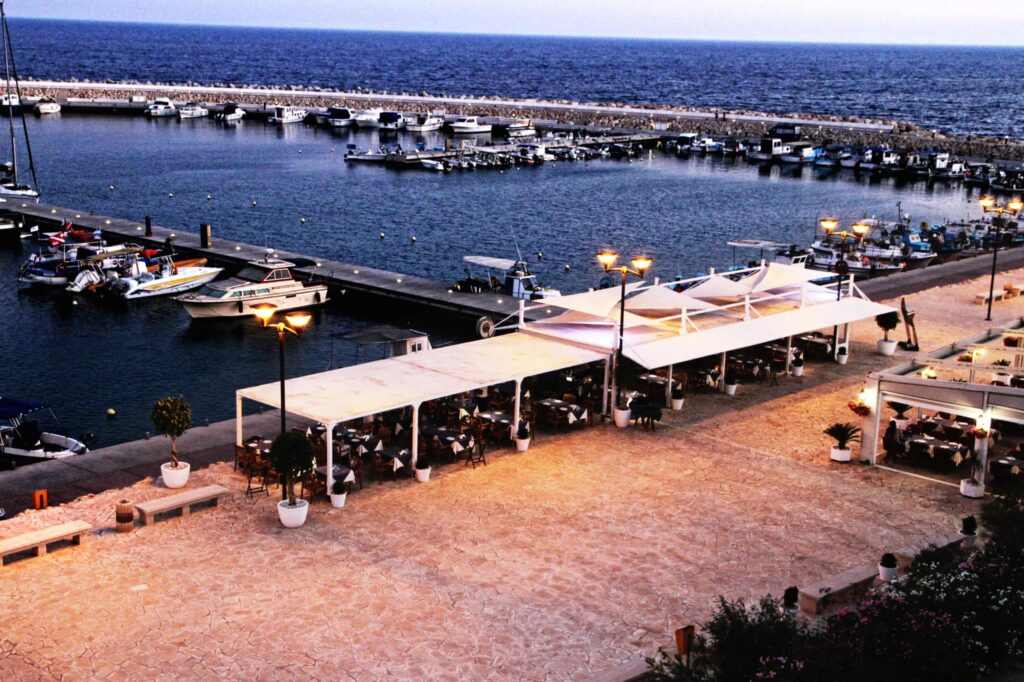
Evening: Wine Heritage & Final Feast
Return to Larnaca with time to visit a local wine shop for the ultimate Cypriot souvenir: a bottle of Commandaria, the world’s oldest named wine still in production. This amber-colored dessert wine has been made continuously since 800 BC and was declared “the wine of kings and king of wines” by Richard the Lionheart during the Crusades. Most shops in central Larnaca stock quality producers like KEO St. John or the more artisanal offerings from Tsiakkas Winery.
For your final Larnaca dinner, return to the source and book an early table at To Kazani (we can never get enough of their exceptional meze) or explore the Finikoudes strip for a more casual farewell meal. Many locals end their evenings at small kafenions around Saint Lazarus Square, sipping ouzo or traditional zivania while discussing politics, football, and family—the eternal themes of Greek island life.
Neighbourhood Know-How: Where To Stay In Larnaca
Finikoudes Area: For maximum convenience, the strip along Finikoudes Beach offers the widest selection of hotels within walking distance of restaurants, bars, and the medieval castle. The Josephine Boutique Hotel provides intimate luxury with harbour views, whilst larger properties like Sun Hall Hotel offer traditional resort amenities. Hotel Opera stands out as a sophisticated choice right on the promenade, combining contemporary design with prime beachfront location—its rooftop bar offers spectacular sunset views over the Mediterranean. Expect some street noise, particularly during summer weekends when the promenade comes alive with families and young people.
Old Town (Saint Lazarus Quarter): For authentic atmosphere, seek accommodation near the Byzantine church and traditional neighbourhoods. Lokàl represents a new generation of boutique properties, offering stylishly renovated rooms that blend traditional Cypriot architecture with modern amenities, all within walking distance of the best bakeries and historic sites. Smaller guesthouses and renovated traditional houses provide additional character that chain hotels can’t match. You’ll be steps from the best bakeries and traditional kafenions, though amenities may be more basic than beachfront options.
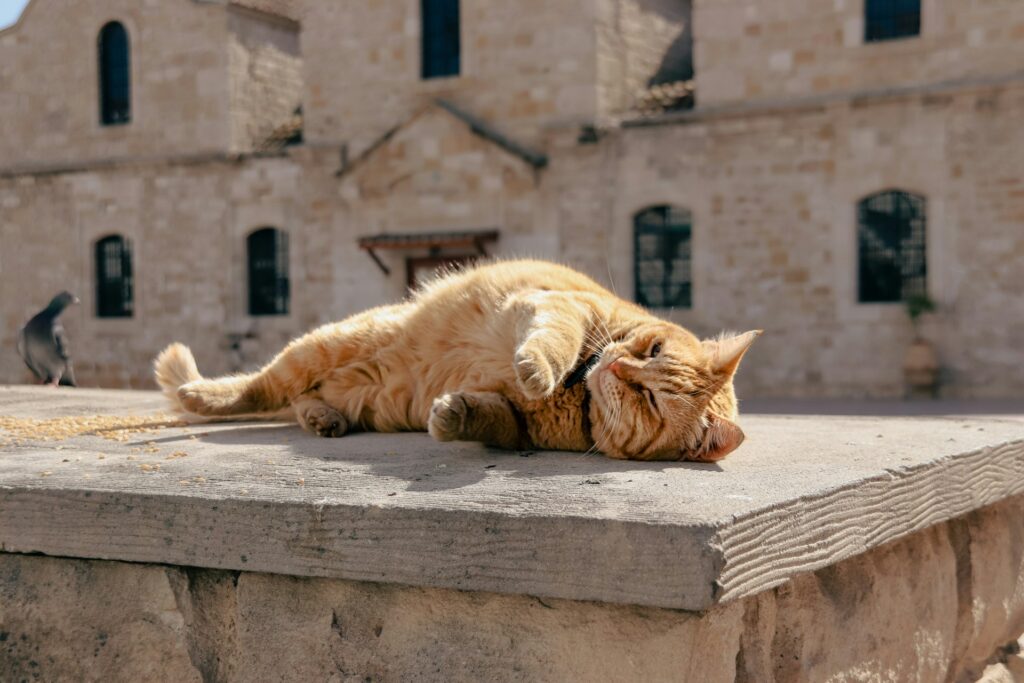
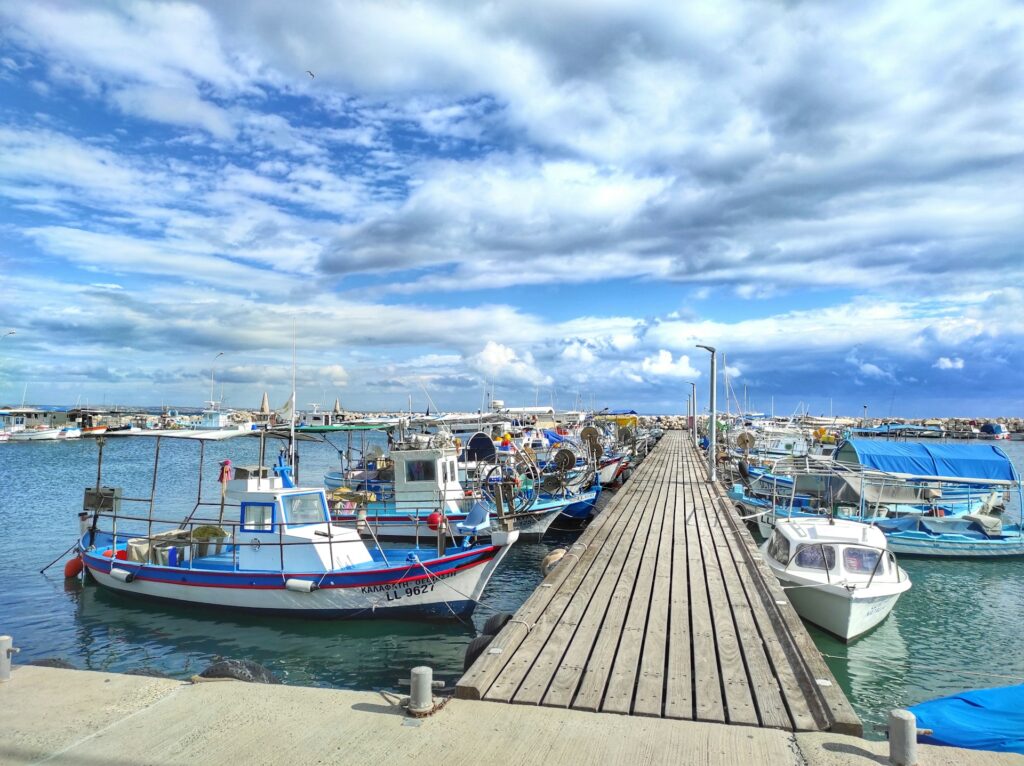

Mackenzie Beach: Just south of the centre, this residential area provides a quieter base whilst maintaining easy access to Larnaca’s attractions. The beach here is marginally better than Finikoudes, and several boutique hotels offer sea views without the central bustle. A 10-minute taxi ride brings you to the old town for sightseeing and dining. This area comes alive after dark with waterfront bars and restaurants, making it ideal for those who want to experience Larnaca’s nightlife scene.
Near Airport: For early flights or late arrivals, several quality hotels cluster around the airport area, about 15 minutes from central Larnaca. Whilst lacking in atmosphere, they offer convenience and often include complimentary airport transfers—a consideration if you’re travelling with heavy luggage or have mobility concerns.
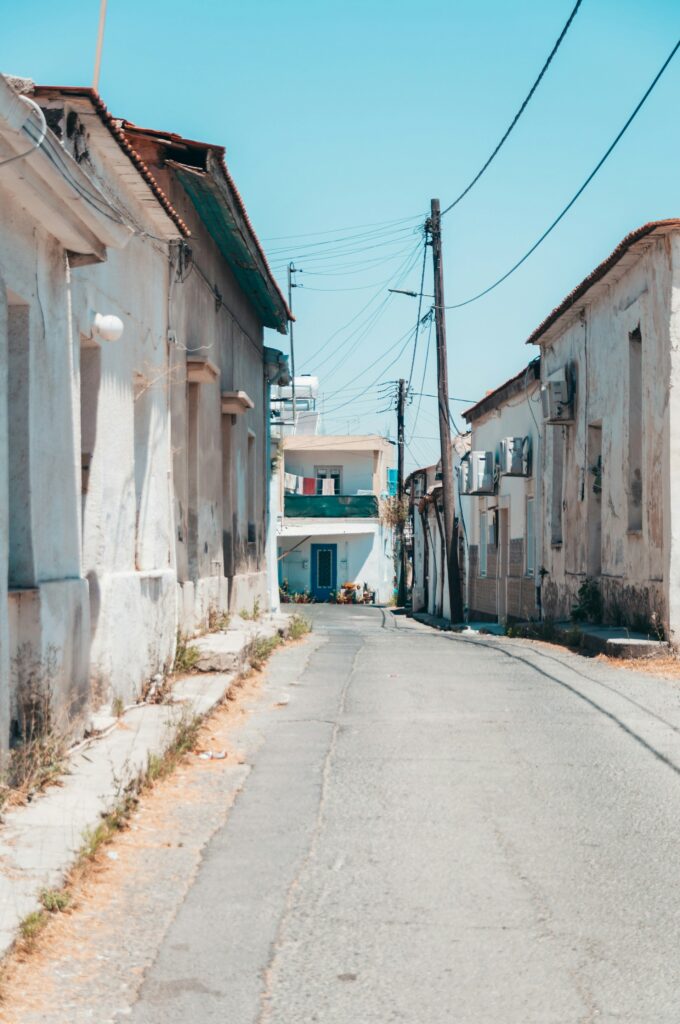

The Bottom Line
While Larnaca is best known for Finikoudes Beach and its role as a convenient gateway to Cyprus, there’s so much more to explore: world-class wreck diving at the MS Zenobia, vibrant nightlife along Mackenzie Beach, spiritual journeys to mountaintop monasteries, and authentic cultural experiences that reveal the real heart of this remarkable Mediterranean port city.
If you’re considering on moving to Cyprus after your holiday to Larnaca (and we don’t blame you) here our guide on moving to the country…

